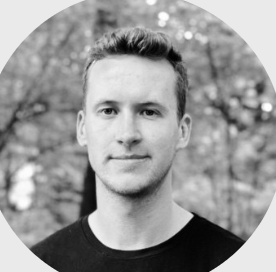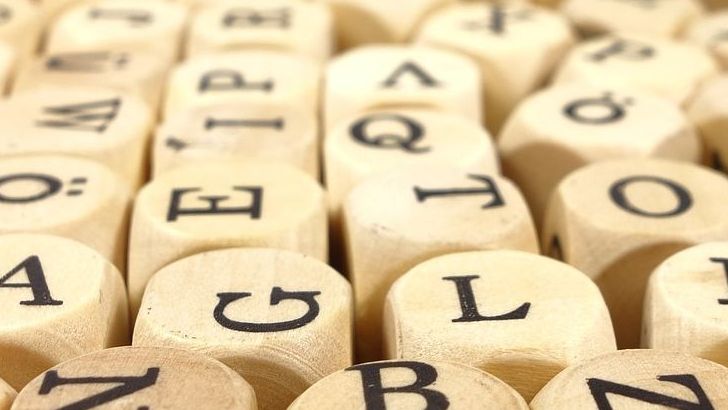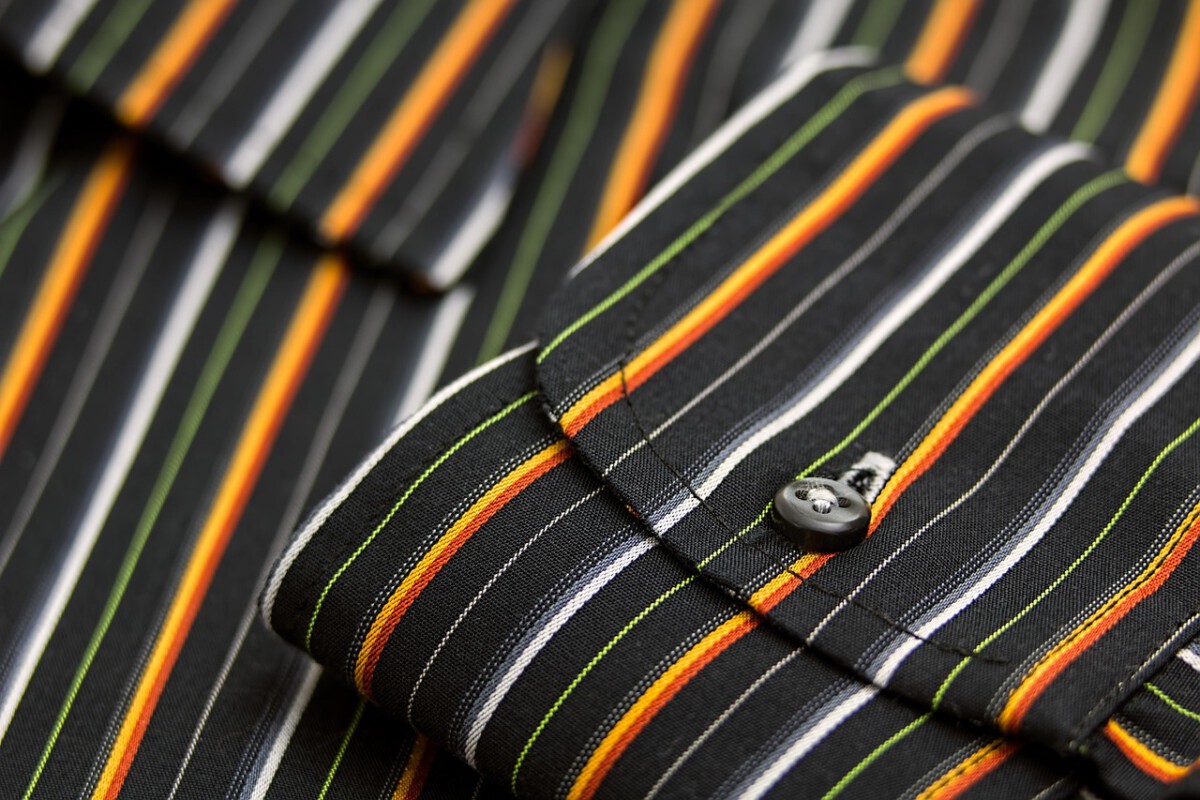The Underground Revolution

You might think Prohibition ended drinking in America, but it actually created the wildest party the country had ever seen. By 1925, there were anywhere from 30,000 to 100,000 speakeasy clubs in New York City alone. Imagine trying to keep that many secrets in one city. These weren’t your grandfather’s stuffy saloons either – they were underground dance halls where jazz music pulsed through the night and women smoked cigarettes while sipping cocktails. With thousands of underground clubs, and the prevalence of jazz bands, liquor-infused partying grew during the “Roaring Twenties,” when the term “dating” – young singles meeting without parental supervision — was first introduced. The speakeasy didn’t just serve drinks; it served rebellion on ice. Think about it – when the government banned something Americans loved, they didn’t just give up. They got creative, got sneaky, and got loud about it.
The Birth of a Secret Language

The first known recorded use is in a Harrisburg, Pennsylvania newspaper article from March 21, 1889, which refers to “speak easy” as the term used in the Pittsburgh-area town of McKeesport, Pennsylvania for “a saloon that sells without a license”. But the real magic happened during Prohibition when ordinary Americans had to become amateur spies just to get a drink. The phrase, ‘Speakeasy’ originates from a term that bartenders used where people needed to, “speak easy” (quietly), when ordering at the bar in order to not draw attention to the prohibited act of buying alcohol. It’s like the whole country developed its own secret code overnight. The terms “blind pig” and “blind tiger” originated in the United States in the 19th century. These terms were applied to establishments that sold alcoholic beverages illegally, and they are still in use today. Every neighborhood had its own version of this underground vocabulary.
Pennsylvania’s Underground Pioneer

The first American speakeasies emerged in the Pittsburgh-area in the late 1880s. Pennsylvania wasn’t just any state when it came to speakeasies – it was the birthplace of the entire movement. Pittsburgh barkeeps mostly complied with these regulations until 1888, when the Brooks High-License Act increased the annual license fee from $50 to $500. While a few bars paid the fee and others closed, most establishments went underground. By 1890, Pittsburgh had about 700 speakeasies but only 92 licensed liquor dealers. Can you believe that ratio? For every legal bar, there were nearly eight illegal ones operating in the shadows. McGillin’s Olde Ale House in Philadelphia, Pennsylvania, lives up to its name as the oldest tavern in the city. It opened in 1860 and continued to operate through Prohibition by sneaking patrons into the second-story speakeasy by a side door.
New York’s Speakeasy Empire

If Pennsylvania was the birthplace, New York City was where speakeasies went to college and earned their PhD in partying. At the height of Prohibition in the late 1920s, there were 32,000 speakeasies in New York alone. That’s roughly one speakeasy for every 200 people in the city – imagine the logistics of keeping that many secrets. Texas Guinan, Manhattan’s most famous speakeasy hostess, managed more than half-a-dozen joints herself, including the 300 Club, the Texas Guinan Club, the Century Club, Salon Royale, Club Intime and the Club Argonaut. This woman was running an empire of illegal bars, greeting customers with “Hello, suckers!” and becoming a celebrity in the process. At the 21 Club on 21 West 52nd (where the Puncheon moved in 1930), the owners had the architect build a custom camouflaged door, a secret wine cellar behind a false wall and a bar that with the push of a button would drop liquor bottles down a shoot to crash and drain into the cellar.
Illinois and the Chicago Machine

Chicago wasn’t just home to speakeasies; it was home to the most notorious criminal empire in American history. Al Capone, leader of the Chicago Outfit, made an estimated $60 million a year supplying illegal beer and hard liquor to thousands of speakeasies he controlled in the late 1920s. To put that in perspective, that’s about $900 million in today’s money – from illegal booze alone! The Green Mill in Chicago, Illinois, is a long-standing jazz club that originally opened in 1907 and was once favored by gangsters and titans of industry (it’s rumored that Al Capone himself frequented the spot at the height of his reign). After her family moved to Illinois, she started her singing career at age 12. Working as a singer in speakeasies during Prohibition, first in Chicago, Morgan made her breakthrough in 1924 in New York when show producer Billy Rose (associated with mobster Arnold Rothstein) had her headline in his classy speakeasy, the Backstage Club. Even the entertainment industry was deeply connected to the speakeasy world.
California’s West Coast Rebellion

While the East Coast had the numbers, California had the style and the strategic advantage of being far from federal enforcement. Once out, she used her considerable earnings to open speakeasies in Nevada, California and Texas but could not beat the local hoods at the game. Even successful speakeasy operators from New York found California challenging territory. The 1920s’ hottest Napa Valley resort destination got even hotter with the passage of the 18th Amendment. In part because we kept the delicious wine owing (shhhh), but more importantly, Napa Valley wineries weren’t just making wine during Prohibition – they were running full-scale underground operations. Established in 1915, swanky and chic Townhouse is the oldest bar in Venice. During Prohibition, the basement served as a speakeasy while the upstairs operated as a grocery store. Today, the speakeasy lives on as The Del Monte – gain access via the illuminated stairs and enjoy the beats of local DJs, jazz bands and bottle service.
Texas-Sized Underground Operations

Everything’s bigger in Texas, including the personalities that ran speakeasies during Prohibition. One of the most famous hostesses of Prohibition-era speakeasies was Mary “Texas” Guinan, a former cowboy movie actress who moved to New York to opened the 300 Club in 1920. Guinan would be mistress of ceremonies in a series of illegal nightclubs in the city that were celebrity hangouts, often moving to new locations after raids by authorities. Texas Guinan became so famous that her name became synonymous with speakeasy culture nationwide. But on November 4, 1933, while backstage after a show in Vancouver, she fell ill with ulcerative colitis and died the next day while undergoing surgery – exactly one month before Prohibition ended. The fact that she died just weeks before Prohibition ended feels like the ultimate cosmic joke. Her influence spread back to her home state, where speakeasy operators tried to replicate her success.
Washington D.C.’s Political Underground

The irony of Washington D.C. having a thriving speakeasy scene while simultaneously enforcing federal Prohibition laws wasn’t lost on anyone. A woman eyes the photographer warily while standing at the door of a speakeasy, the “Krazy Kat,” in Washington, D.C., a hangout for the city’s bohemian crowd, circa the early 1920s. Even in the nation’s capital, right under the noses of lawmakers, people were finding ways to drink illegally. The wet-drys were people who had no problem perceiving themselves as moral in a public arena and less so in the private arena — or maybe they didn’t see it as a moral issue at all. So you had many, many scores of [representatives] and senators who very openly appreciated their alcohol and continued to drink their alcohol but voted against [alcohol consumption]. Politicians were literally making laws against alcohol while simultaneously patronizing speakeasies – talk about professional hypocrisy!
The Corruption Network Across States

Speakeasies were generally ill-kept secrets, and owners exploited low-paid police officers with payoffs to look the other way, enjoy a regular drink or tip them off about planned raids by federal Prohibition agents. This wasn’t isolated corruption – it was a nationwide system where everyone was getting paid to look the other way. Corruption was rampant during Prohibition, and many speakeasy owners bribed police and government officials to avoid raids. Think about the scale of this operation: thousands of speakeasies operating openly while being technically illegal, which means thousands of monthly payoffs to keep them running. Even though police and agents of the Bureau of Prohibition would often raid them and arrest their owners and patrons, they were so profitable that they continued to flourish. The economics were simple – the profits from illegal alcohol sales were so massive that paying bribes was just a cost of doing business.
The Deadly Side of Underground Liquor

Not all speakeasy stories are glamorous jazz and dancing – some are genuinely terrifying. Bootleggers who supplied the private bars would add water to good whiskey, gin and other liquors to sell larger quantities. Others resorted to selling still-produced moonshine or industrial alcohol, wood or grain alcohol, even poisonous chemicals such as carbolic acid. The bad stuff, such as “Smoke” made of pure wood alcohol, killed or maimed thousands of drinkers. Imagine ordering a drink and literally risking your life – that was the reality for many speakeasy patrons. The fact is, during Prohibition, speakeasies were simply illegal bars, serving illegal spirits. These spirits were often very poorly made spirits supplied from illegal sources. They were often made without cutting the heads and contained wood alcohol that would, over time as it was drunk, slowly poison the drinker. The romantic Hollywood version of speakeasies glosses over this dangerous reality.
Women’s Revolution Through Speakeasies

Perhaps most notably, they caused a dramatic shift in the way women drink. In the decades prior to Prohibition, it was not common for women to consume alcohol in public, and, when they did, it was typically not in the company of men; in some states women were legally barred from saloons. Speakeasies accidentally became the first truly integrated social spaces for men and women to drink together. In the pre-Prohibition era, bars and saloons were strictly all-male spaces that were out of bounds for respectable women. Now, women could enjoy a cocktail in a speakeasy away from the privy and judgemental eyes of the public. Just six months after Prohibition became law in 1920, women got the right to vote, and coming into their own, they quickly “loosened” up, tossed their corsets, and enjoyed their newfound freedoms. The “Jazz Age” quickly signified a loosening up of morals, the exact opposite of what its Prohibition advocates had intended, and in came the “flapper.” The timing wasn’t coincidental – women gained the vote and illegal drinking spaces at nearly the same time.
The Rise and Fall of a Cultural Revolution

One estimate says that for every legitimate bar that closed during Prohibition, six speakeasies opened in its place. When the government closed one door, Americans opened six windows – literally underground windows in many cases. This precipitated a strange and troubled decade characterized by an unprecedented nationwide alcohol ban known as Prohibition, which lasted from 1920 to 1933. Almost overnight, hundreds of thousands of people lost their livelihoods as saloons, breweries, and distilleries were ordered to cease operations with immediate effect. But instead of ending alcohol culture, Prohibition transformed it into something more exciting, more dangerous, and more socially revolutionary than it had ever been. Speakeasies largely disappeared after Prohibition ended in 1933. With the passage of the Twenty-first Amendment in 1933, speakeasies largely disappeared. When the party became legal again, somehow it wasn’t quite as fun.
The speakeasy era proved that Americans will always find a way to party, even when their government tells them not to. These underground bars didn’t just serve drinks – they served a cultural revolution that changed how we socialize, how women participate in public life, and how we think about government authority. From Pennsylvania’s pioneering illegal saloons to New York’s elaborate hidden empires, every state had its own secret history of rebellion, one cocktail at a time.




